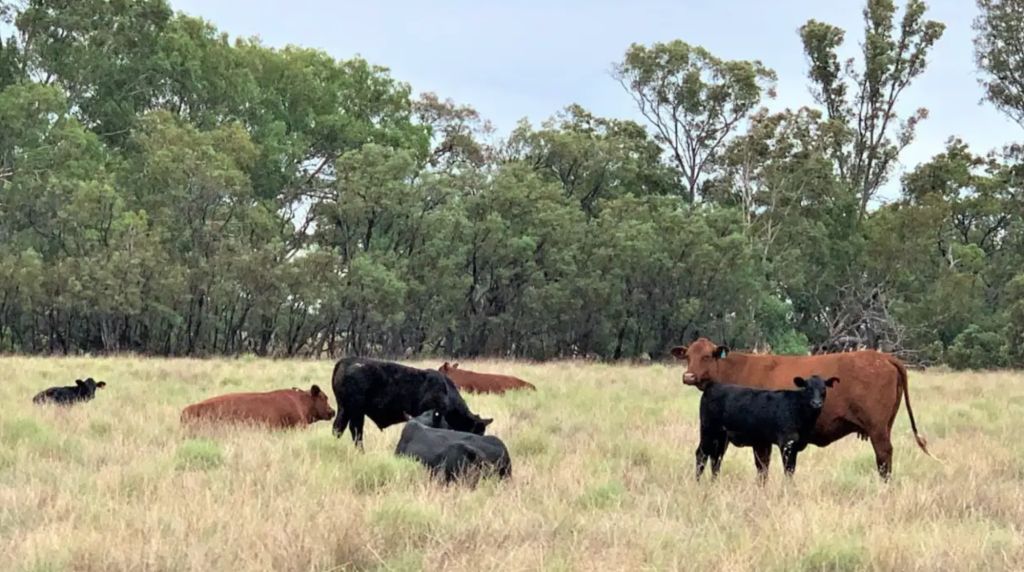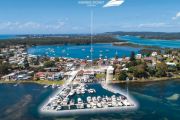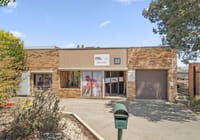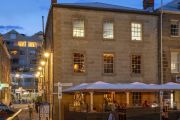
Farmland reaping record values as $13.3b in property changes hands
The price of farmland soared at a record rate last year, with further rises expected as supply levels tighten further this year, according to Elders.
The price of farmland hit $7060 a hectare in 2021, up 18.4 per cent compared to 2020 to reach a record national appreciation rate. The surge pushed the total value of rural property traded to $13.3 billion – a $1.7 billion increase on the previous year.
“In 2021, we saw even greater confidence in the agriculture sector off the back of exceptional seasonal conditions, high commodity prices and favourable interest rates,” Elders executive general manager for real estate Tom Russo said.
Rural property values rose faster than commodity prices, the quarterly Elders report also noted. That result pointed to the influence of factors beyond commodity prices, including low interest rates and access to equity from existing holdings, the report said.
Tracking deals that had more than 40 hectares of land, the report found total transactions rose by 3.4 per cent to 9,098 properties, the highest volume since 2017. An 18.1 per cent jump in listings in the South Australian market – particularly in cropping regions – and a 13.5pc lift in NSW contributed.
However, the volume of deals began to decline from halfway through last year and squeezed supply, even as demand showed no sign of easing.
“With a number of factors driving confidence in rural property investment and interest rates to remain relatively low, we expect supply will tighten further in 2022, suggesting further growth in median price per hectare,” Mr Russo said.
WA in the lead
Driving national farmland prices higher was the robust performance in Western Australia, which had a 41.0pc increase to $6534 a hectare.
WA has been the strongest market over the past three years, driven by the grain industry and a tight supply of properties. Over the full year, farmland prices rose 28.4 per cent to $10,559 in Victoria and by 15.5 per cent to $7,134 in NSW.
Rural land has returned 8.8 per cent in compound annual growth nationally over the past five years. However, the Elders report also revealed how volatile the market could be over the shorter term across different markets.
In the fourth quarter, the prices for a hectare nationally rose by 3.6 per cent on the previous quarter, as transaction volume fell by 1.8 per cent. Prices jumped 26.9 per cent in Queensland, by 32 per cent in South Australia and by 37.7 per cent in Tasmania. By contrast, the median price for a hectare fell 0.7 per cent in NSW and 25.2 per cent in Western Australia.
Driving the fourth quarter market was the mix in transactions as deals were struck in high-priced regions. There was strong demand for both broadacre properties and lifestyle properties, particularly in South Australia and Victoria.
However, in NSW more cropping properties were sold, which typically attract a lower hectare price compared to high-rainfall grazing and lifestyle parcels.











